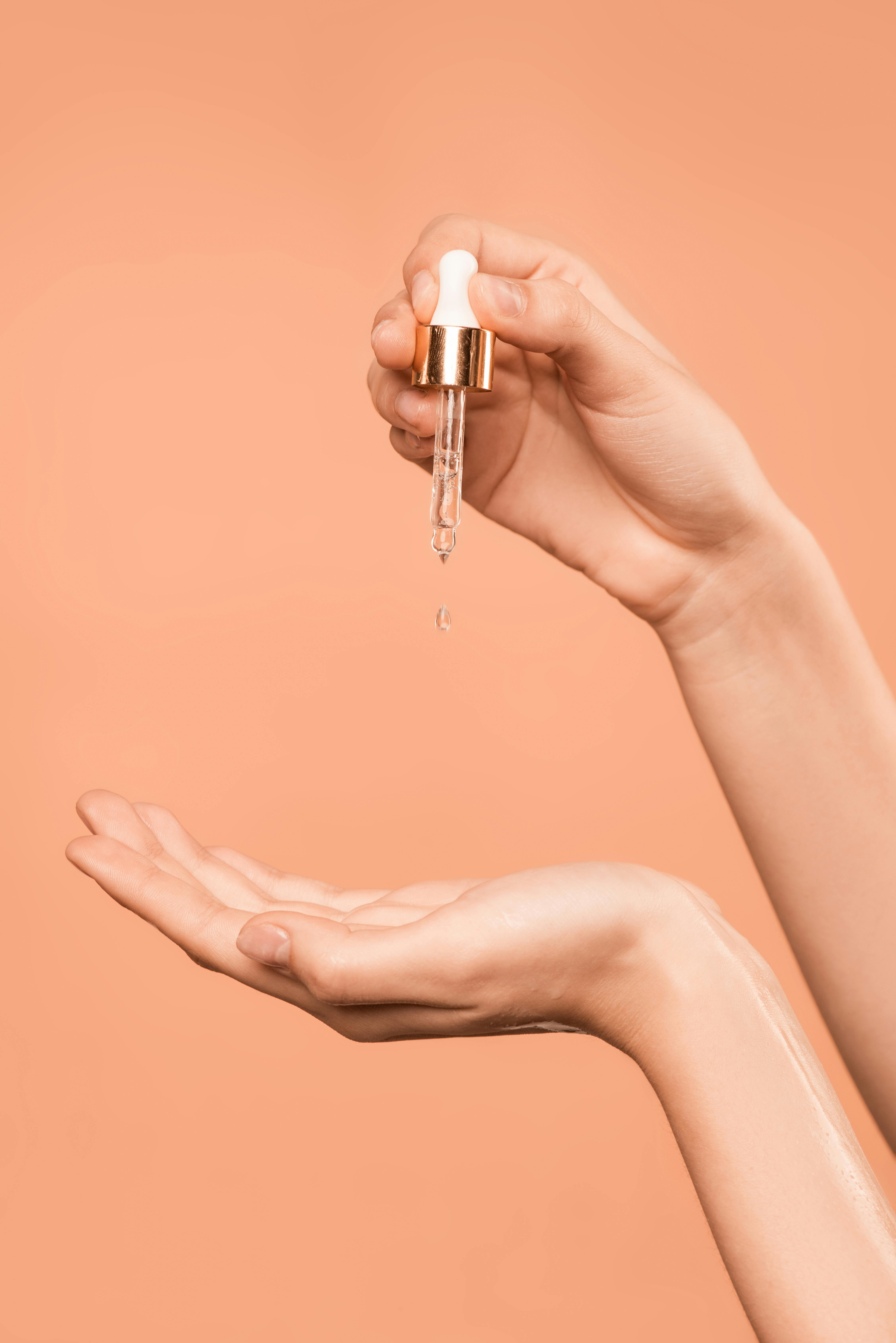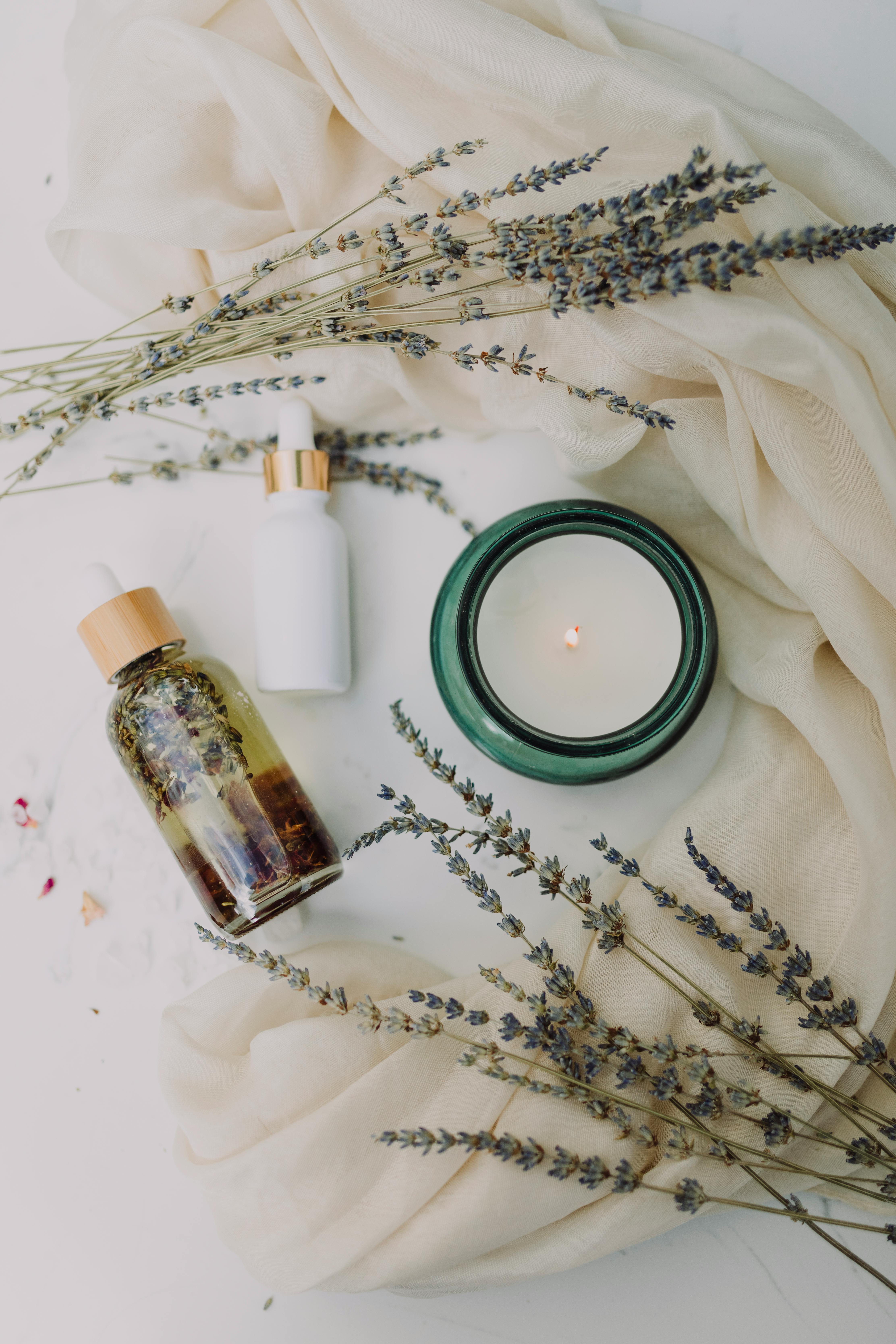Pimples are sneaky. But you can be sneakier. Here's how to win the battle, every time. I've been fighting breakouts for years, and let me tell you—it's not about brute force. It's about strategy, patience, and knowing your enemy.

Understanding Your Enemy: The Pimple Lifecycle
Before we can outsmart pimples, we need to understand how they work. A pimple isn't just a random visitor—it's the result of a complex process happening under your skin.
The Birth of a Pimple: It all starts with your pores getting clogged. Dead skin cells, oil, and bacteria team up to create a perfect storm. Your body sends white blood cells to fight the infection, which creates inflammation and—voila!—a pimple is born.
The Different Types: Not all pimples are created equal. Whiteheads are closed comedones that look like tiny white bumps. Blackheads are open comedones that oxidize and turn dark. Papules are red, inflamed bumps without pus. Pustules are the classic pimples with white or yellow centers. And then there are the big, painful cysts that seem to have a mind of their own.
Understanding what type of pimple you're dealing with is crucial for choosing the right treatment strategy.

Step 1: Outsmart, Don't Attack
The Gentle Approach
The biggest mistake people make with acne is treating it like a war zone. They scrub their faces raw, use harsh chemicals, and wonder why their skin gets worse. Here's the truth: your skin is already fighting a battle. You need to be its ally, not its enemy.
Be Gentle: Use a gentle cleanser that won't strip your skin of its natural oils. When your skin feels tight and dry after washing, that's a sign you're being too harsh. Your skin responds to harsh treatment by producing more oil, which leads to more breakouts.
The Right Touch: When applying products, use your fingertips and pat gently. Don't rub or scrub. Your skin is delicate, and rough treatment can cause micro-tears that make acne worse.
Timing is Everything: Don't apply multiple acne treatments at once. Start with one product and give it time to work. Adding too many active ingredients at once can irritate your skin and make breakouts worse.
The Spot Treatment Strategy
Not all pimples need the same treatment. Here's how to choose your weapons:
For Whiteheads and Blackheads: Salicylic acid is your best friend. It penetrates deep into pores and dissolves the gunk that's causing the problem. Look for products with 0.5% to 2% salicylic acid.
For Inflamed Pimples: Benzoyl peroxide kills the bacteria that cause inflammation. Start with 2.5% concentration—it's just as effective as higher concentrations but less irritating.
For Cysts: These deep, painful pimples need a different approach. Ice them to reduce inflammation, and consider seeing a dermatologist for cortisone injections if they're persistent.

Step 2: Hide and Seek
The Art of Concealment
Sometimes you need to hide a pimple while you're treating it. Here's how to do it without making things worse:
Pimple Patches: These hydrocolloid patches are like tiny bandages for your face. They absorb the gunk from pimples and protect them from bacteria and picking. They're especially good for whiteheads and pustules.
The Right Way to Cover: If you need to cover a pimple with makeup, use a green concealer first to neutralize the redness, then apply your regular concealer. Set with powder to prevent the makeup from sliding off.
The Don't Touch Rule: This is crucial. Don't pick, pop, or squeeze pimples. I know it's tempting, but it only makes things worse. Picking can push bacteria deeper into your skin, cause scarring, and spread the infection to other areas.
The Prevention Game
The best way to deal with pimples is to prevent them from happening in the first place:
Pillowcase Protocol: Change your pillowcase every few days. Your face spends hours pressed against it, and it collects oil, bacteria, and dead skin cells that can cause breakouts.
Phone Hygiene: Your phone is a breeding ground for bacteria. Clean it regularly with antibacterial wipes, and try not to press it against your face when talking.
Hands Off: Keep your hands away from your face throughout the day. Your hands touch everything—doorknobs, keyboards, money—and all that bacteria can end up on your face.

Step 3: The Long Game
Building a Strong Foundation
Acne isn't just about what you put on your skin—it's about creating an environment where pimples can't thrive.
The Cleansing Routine: Wash your face twice a day with a gentle cleanser. Don't skip the evening wash, even if you're tired. Going to bed with makeup and dirt on your face is like inviting pimples to a party.
The Moisturizing Myth: Even oily skin needs moisturizer. When your skin is dehydrated, it produces more oil to compensate, which can lead to breakouts. Choose a lightweight, non-comedogenic moisturizer.
The Sunscreen Factor: Sun damage can make acne scars worse and cause inflammation. Use a non-comedogenic sunscreen every day, even if you're not going outside.
The Diet Connection
What you eat can affect your skin. While there's no one-size-fits-all answer, some people find that certain foods trigger breakouts:
Dairy: Some people find that dairy products, especially milk, can cause breakouts. This might be due to hormones in milk or the way dairy affects insulin levels.
Sugar: High-glycemic foods can cause spikes in blood sugar, which can lead to increased oil production and inflammation.
Processed Foods: Foods high in refined carbohydrates and unhealthy fats can contribute to inflammation throughout the body, including the skin.
The Hydration Factor: Drinking enough water helps flush toxins from your body and keeps your skin hydrated. Aim for at least eight glasses a day.

The Advanced Strategies
When Basic Tactics Aren't Enough
Sometimes you need to bring out the big guns. Here are some advanced strategies for stubborn acne:
Retinoids: These vitamin A derivatives are powerful acne fighters. They increase cell turnover, prevent clogged pores, and reduce inflammation. Start with a low concentration and work your way up.
Chemical Exfoliation: Alpha hydroxy acids (AHAs) and beta hydroxy acids (BHAs) can help unclog pores and improve skin texture. Use them 2-3 times per week, not every day.
Professional Help: If your acne is severe or persistent, see a dermatologist. They can prescribe stronger medications like antibiotics, birth control pills (for hormonal acne), or isotretinoin (Accutane) for severe cases.
The Mental Game
Dealing with acne can be emotionally challenging. Here's how to stay strong:
Be Patient: Acne treatments take time to work. Don't expect overnight results. Most treatments take 4-6 weeks to show improvement.
Don't Compare: Everyone's skin is different. What works for your friend might not work for you, and that's okay.
Focus on Progress: Instead of fixating on every pimple, focus on the overall improvement in your skin.
Seek Support: Talk to friends, family, or a therapist if acne is affecting your self-esteem. You're not alone in this struggle.
The Final Move: Building Confidence
The truth is, even with the best skincare routine, you might still get the occasional pimple. That's normal. The key is to build confidence that doesn't depend on having perfect skin.
The Glow Factor: Focus on the health of your skin, not just the absence of pimples. Healthy skin has a natural glow that's more attractive than perfect but dull skin.
The Attitude Adjustment: Confidence is attractive. When you feel good about yourself, other people notice that more than they notice your skin.
The Long-Term View: Acne is often a temporary condition. Most people outgrow it, and even if you don't, there are effective treatments available.
Your friends will notice your glow. Your enemies? They'll wonder how you did it. (Don't tell them.) But more importantly, you'll feel better about yourself, and that's the real victory.
Remember, you're not fighting against your skin—you're working with it. Be patient, be gentle, and be consistent. The results will come, and when they do, you'll wonder why you didn't start this approach sooner.
